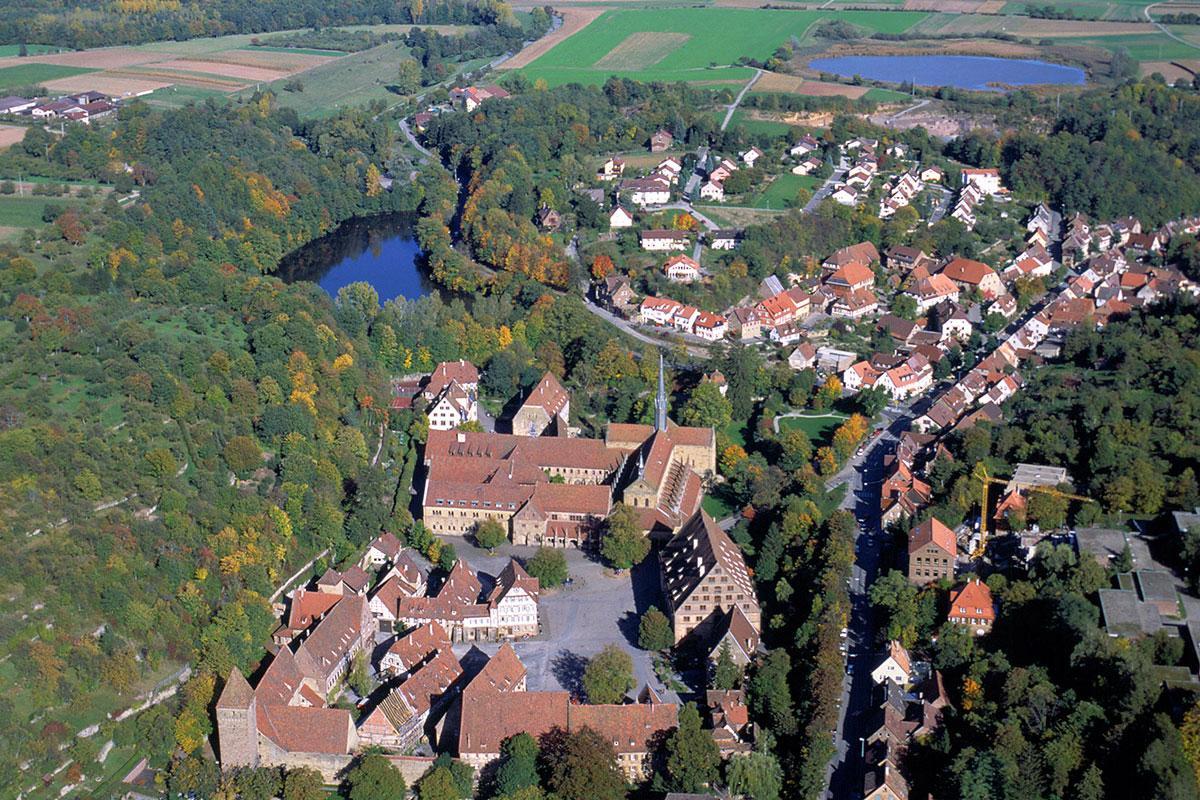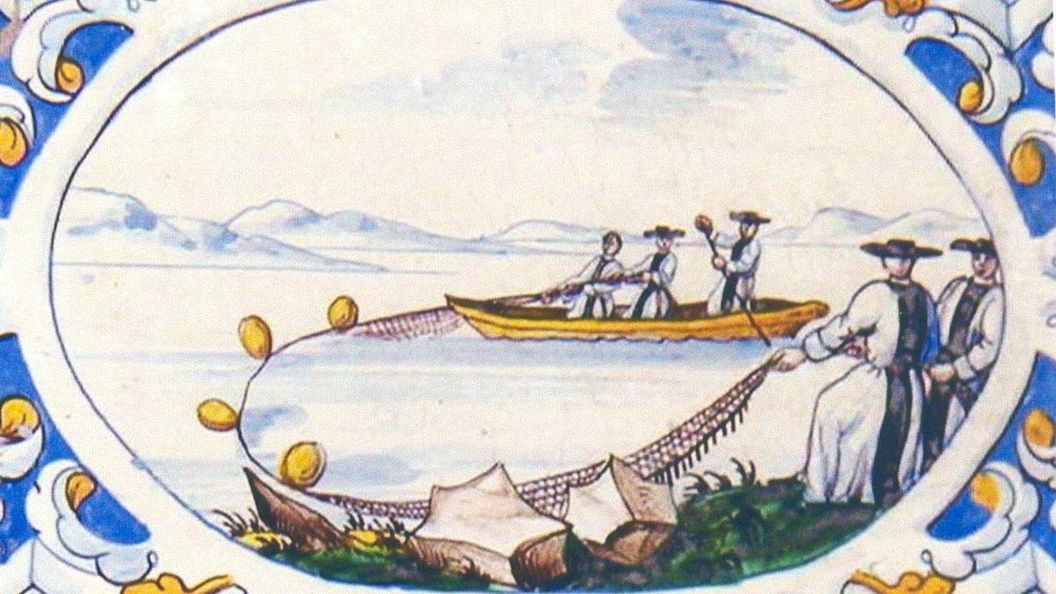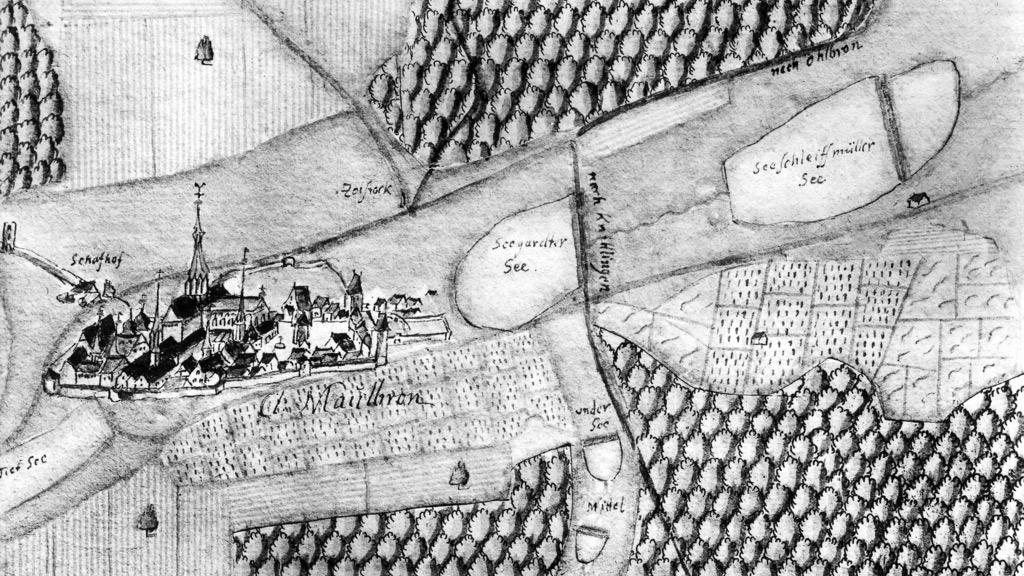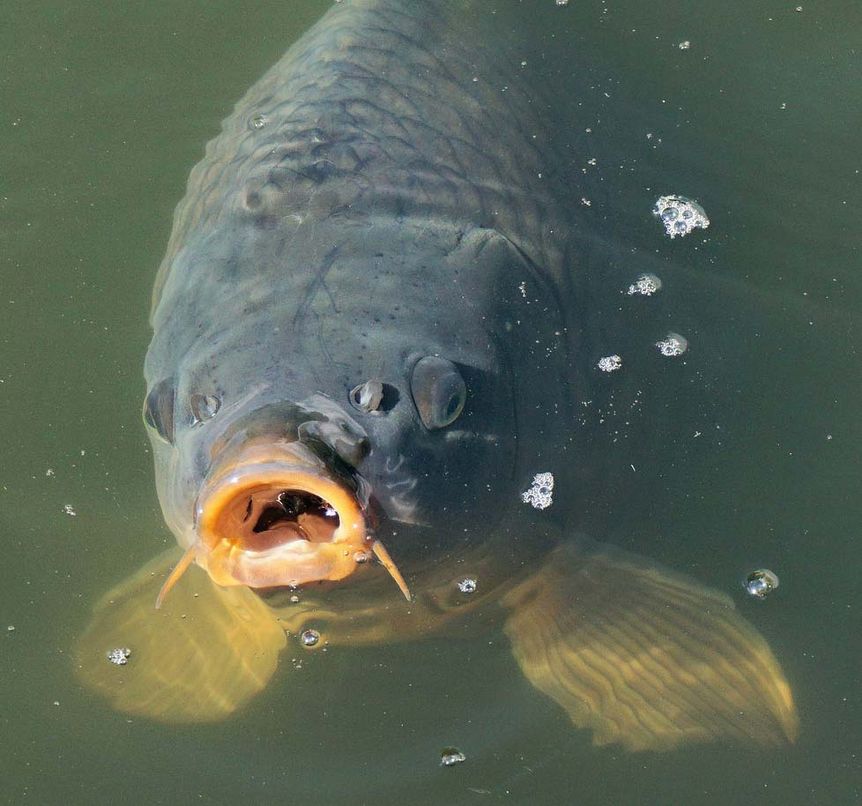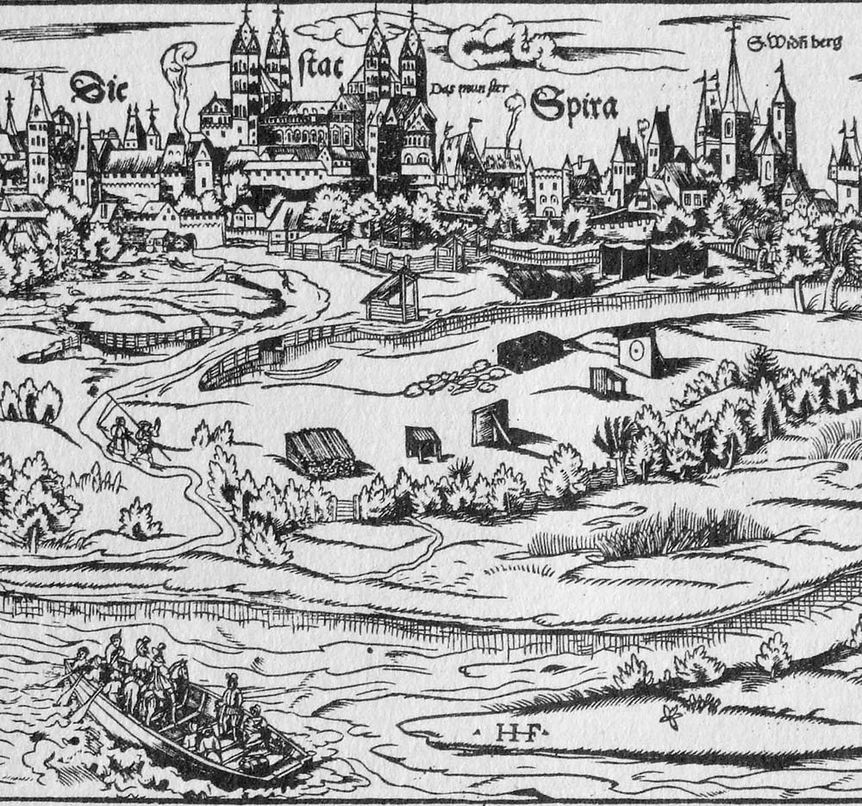"River fruit" instead of meatFish farming
Cistercians could not eat meat, but were allowed to eat fish. Fish farming was therefore of great importance to the Maulbronn monks. They installed a unique pond system, including 20 reservoirs and ponds, which are considered part of the UNESCO World Heritage Site, along with the monastery complex.



